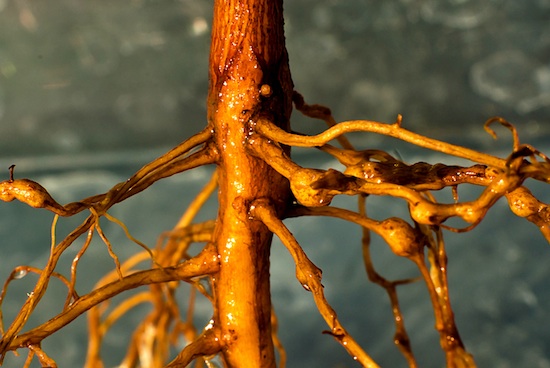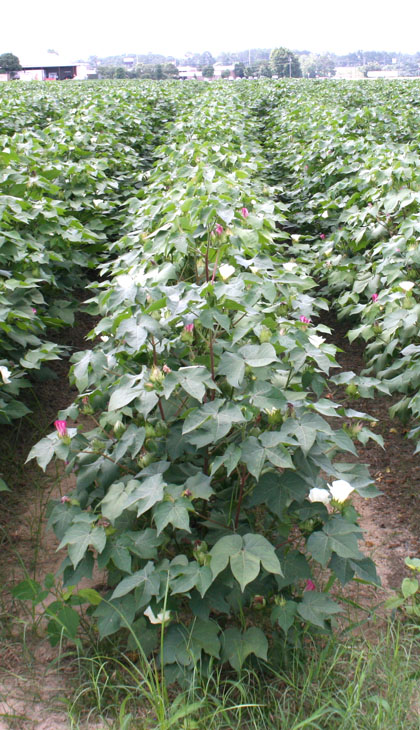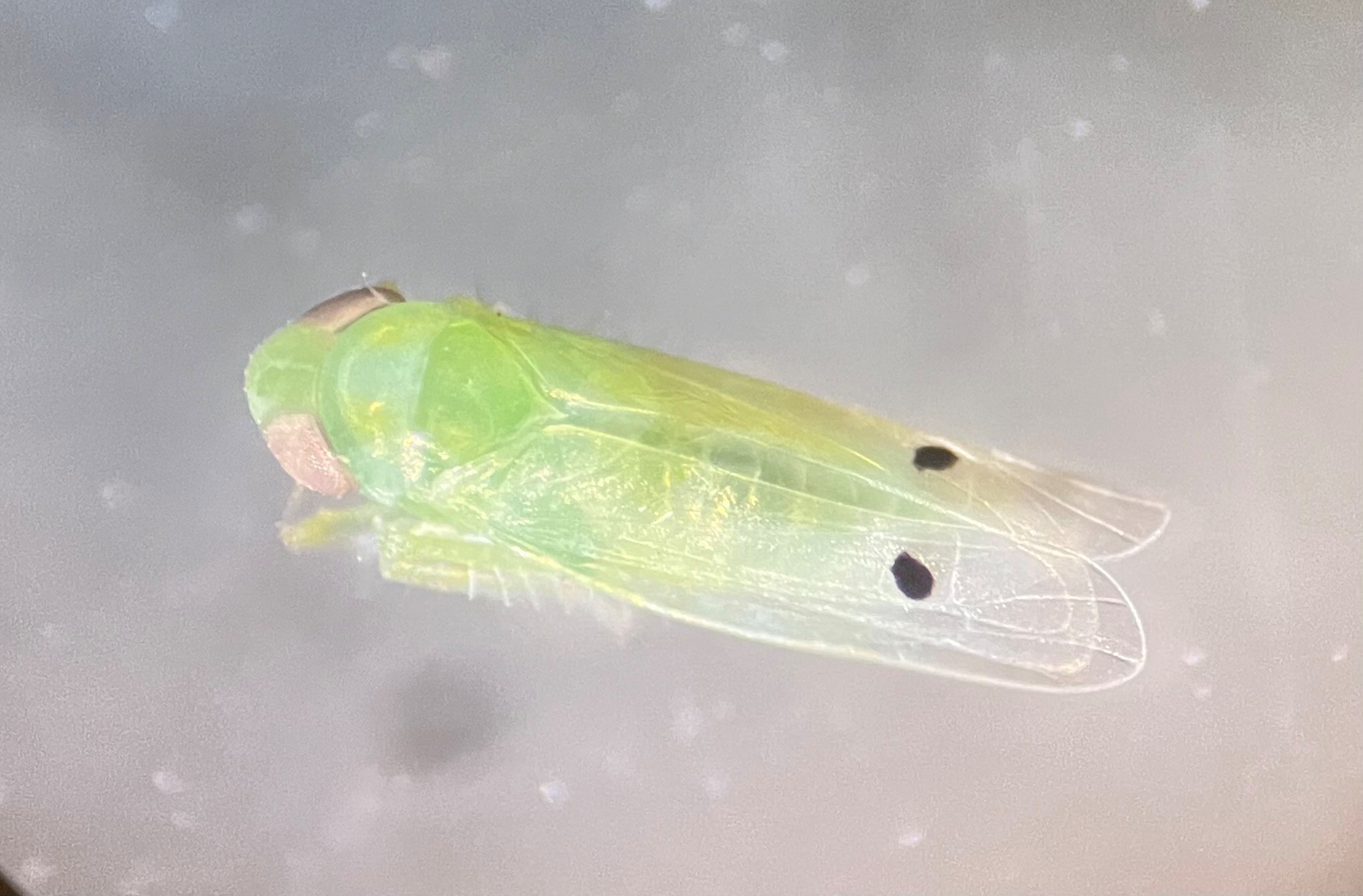Breeding cotton varieties with resistance to root-knot nematodes and better cotton fiber quality are at the forefront of Peng Chee’s research at the University of Georgia.
The UGA Tifton-based cotton breeder has been working on host-plant resistance to root-knot nematodes for 10 years. Chee has made progress in understanding the inheritance of resistance and developed tools for incorporating nematode resistance genes from the natural cotton breeding stocks into new cotton varieties.
Nematode resistance
“Our lab seeks to develop DNA markers for the resistance genes that will allow breeders to keep track of these genes in breeding populations without having to traditionally screen for individual plants that are resistant or susceptible” said Chee, an agronomist with the UGA College of Agricultural and Environmental Sciences.
Using DNA markers to select resistant plants is much quicker than traditional screening using nematode inoculation, a method Chee calls “very tedious, time consuming and expensive.”
Using the traditional screening method, it can take approximately two months to discover if a plant is resistant or susceptible to nematodes, he said. “But with DNA testing, a conclusion can be made in a matter of hours regarding if a seed has the resistance genes or not. The seed does not even need to be planted,” Chee said.
Research on host-plant resistance to nematodes is important because the microscopic worms can severely affect cotton crops. The nematodes damage the plant’s root system, which prevents the plant from getting the proper amount of water and nutrients. Root-knot nematodes thrive in sandy soils, which are prevalent in Georgia. About 70 percent of Georgia’s cotton fields are infested with this parasitic nematode.
“Nematodes can impact cotton production in years when it’s really dry because they inhibit the ability of the cotton plants to utilize what little water is available in the soil during times of drought. They also cause similar damage in really wet years, like last year when cotton plants were in stress from poor fertility due to fertilizer leaching,” Chee said.
Root-knot nematode infection also has a “synergistic effect” with the fungal disease Fusarium wilt, he said. Severe outbreaks of the disease were observed in a number of Georgia counties last year.
Chee also noted there aren’t many economical options to controlling nematodes, especially since the nematicide aldicarb was recently removed from the market. Nematode resistant cotton cultivars offer growers a cost effective means to manage this pest.
Fiber quality
In addition to host-plant resistance, Chee’s research in the UGA Molecular Cotton Breeding Lab also focuses on genes that influence fiber quality in cotton. Chee believes fiber quality improvement is important for the U.S. cotton industry in order to compete with other cotton producing countries and the synthetic fiber industry.
“The U.S. cotton industry has changed in the last 20 years from when cotton was used domestically. Today, most cotton is exported,” Chee said. “To stay competitive in the global cotton market, we need to produce cotton with better fiber quality than what’s currently in the market. Better cotton quality means a better price for producers and thus better quality products for consumers.”
One of the main goals of Chee’s lab is to explore wild cotton varieties to identify fiber quality genes currently not in the cotton germplasm and breeding them into cultivated cotton varieties adapted for Georgia.
Limited cotton stocks were brought into the U.S. when cotton first became a domestic crop, he said. “Many potentially useful genes for fiber quality got left behind in the wild gene pool. I believe that cotton breeding stocks with a broad genetic base is the key to answers for future challenges in cotton production while maintaining and improving our long-term competitiveness in the international fiber and textile market,” Chee said.
For more information about the research conducted in the UGA Molecular Cotton Breeding Laboratory, see www.nespal.org/peng_lab.





